When shipping goods overseas, several important documents keep the process running smoothly, ensuring cargo moves efficiently across borders and through ports. These documents help organize and authorize everything from customs clearance to the actual release of goods. Without them, delays, confusion, and added costs can pile up quickly, creating challenges for businesses and shipping agents. Whether you’re dealing with imports, exports, or returns, understanding the role of each document is key to staying on top of your shipping operations.
One such important document is the Container Release Order (CRO), a vital component that directly impacts the release and movement of containers.
Let’s look at what this order entails and why it matters.
What is a Container Release Order (CRO)?
A Container Release Order (CRO) is an official document issued by a shipping line or freight forwarder that allows the consignee or their agent to pick up a container from the port or terminal. It’s essentially the green light that confirms all charges have been paid and customs clearance is complete, authorizing the release of the goods.
For example, imagine you’ve imported goods from another country. Once the container reaches the port, you can’t just collect it. You need a shipping company CRO to ensure all fees and documentation are in order. Only then can the port release your container for delivery or further processing. The container stays at the port without the CRO, potentially leading to delays and extra storage fees.
When is the Container Release Order Issued?
Let’s understand the function of CRO and the appropriate time of its issuing:
- Booking Confirmation: The shipper arranges a booking with the shipping line, which confirms the space and container availability.
- Vessel Schedule: Once the booking is confirmed, the shipping line provides the vessel schedule, and the shipper agrees to the goods’ delivery timeline.
- Container Allocation: The shipping line then assigns the shipper-specific containers for the cargo.
- Issuance of CRO: After paying the required fees and submitting the necessary documents, the shipping line issues the Container Release Order. This order allows the shipper’s designated trucker to collect the empty container from the designated depot to load the goods.
- Container Pickup: The trucker collects the container and takes it to the shipper’s premises for stuffing (loading the cargo).
- Completion: Once the cargo is loaded and transported, the shipping line arranges for the container to be shipped.
The Container Release Order is an important document as it ensures the shipper has permission to pick up the container, which is necessary for efficient cargo movement. This process ensures that both the shipping line and the shipper are aligned with the shipment’s progress and requirements.
Key Elements of CRO
A Container Release Order (CRO) contains several important details that ensure a smooth and efficient container handover at the port. Each key element helps identify the cargo, track its journey, and confirm that all formalities are completed. Here are the key elements commonly found in a CRO:
- Booking Number: A unique reference number assigned to the shipment used to track and manage the booking.
- Vessel / Voyage Number: Identifies the specific vessel and voyage the container is associated with for transportation.
- Estimated Time of Departure (ETD): The vessel’s planned date and time will leave the port of origin.
- Estimated Arrival Time (ETA): The vessel’s expected date and time will reach the destination port.
- Origin Port: The starting point or port where the container was loaded onto the vessel.
- Destination Port: The port where the container will be unloaded for collection by the consignee.
- Equipment Type and Quantity: Specifies the type and number of shipped containers, such as 20-foot or 40-foot containers.
- Commodity: Describes the type of goods being transported in the container.
- Closing Time: The deadline for submitting all necessary documents and payments before releasing the container.
- Trucker / Haulier: The transport company responsible for collecting the container from the port and delivering it to the consignee.
- Carrier Remarks: Additional notes or instructions, such as free storage days, from the shipping line regarding the cargo or delivery process.
Managing a Container Release Order (CRO) can be complex, but with the right partner, the process becomes seamless. Intoglo offers comprehensive door-to-door logistics solutions from India to the USA designed to ensure smooth and efficient cargo handling from start to finish.
How Intoglo Can Help:
- Accurate Booking and Tracking: We ensure precise booking numbers and up-to-date vessel and voyage information to track your shipments in real-time.
- Timely Departure and Arrival: With our expert planning, we keep your shipments on schedule, ensuring timely ETDs and ETAs.
- Efficient Port Handling: From origin to destination port, Intoglo takes care of all the logistics, ensuring the right equipment and timely delivery.
- Customs Clearance & Documentation: We handle all required formalities to prevent delays at closing time and ensure smooth container release.
- Dedicated Haulier Services: Our trusted trucking partners manage the final leg of the journey, getting your cargo safely to the consignee.
Types of Shipping Documents Related to CRO
Several important shipping documents are closely related to the Container Release Order (CRO), each serving a distinct role in the shipping and logistics process. Understanding these documents helps ensure smooth cargo handling and timely container release. Here’s a look at the key documents connected to the CRO:
- Bill of Lading (B/L): The Bill of Lading is a legal document that acts as a receipt for the shipped goods and a contract between the shipper and the carrier. It details the shipment, including the type of goods, quantity, and destination. The Bill of Lading is required before the shipping line can issue a CRO, as it confirms ownership of the cargo and proves the consignee’s right to receive the goods.
- Shipping Order (SO) vs. CRO: The Shipping Order (SO) is a document the shipper provides that contains instructions for the carrier to transport the cargo. It outlines the shipment details, including the vessel, voyage, and container information. While both the SO and CRO deal with the movement of containers, the SO is issued at the start of the shipping process, directing the carrier to load the container, whereas the CRO is issued at the end, authorizing the release of the container to the consignee.
- Authority to Withdraw (ATW): The ATW is a document that grants permission to the consignee or their representative to withdraw or collect cargo from the port or terminal. It serves a similar function to the CRO but may be used in different scenarios, such as when a third-party agent is collecting the container on behalf of the consignee. It is typically required along with the CRO to complete the release process.
These documents ensure that all legal and logistical requirements are met, facilitating the smooth transfer of goods from the shipping line to the consignee.
Also Read: Types and Calculation of Shipping Charges
Container Release Order vs Delivery Order
While a Container Release Order (CRO) and a Delivery Order (DO) are crucial documents in the shipping process, they serve different purposes and are used at different stages. Here are the key differences between the two:
- Purpose:
- Container Release Order (CRO): This order authorizes the release of a container from the port or terminal after customs clearance and payment of charges.
- Delivery Order (DO): This order grants permission for the consignee to take delivery of the goods from the shipping agent or the warehouse once the container is released.
- Stage in Process:
- CRO: Issued earlier in the process, allowing the consignee to collect the container from the port.
- DO: Issued after the container has been released, authorizing the final delivery of the goods to the consignee’s premises or designated location.
- Issuing Party:
- CRO: Issued by the shipping line or freight forwarder.
- DO: Typically issued by the shipping agent or the customs broker, often in exchange for the Bill of Lading.
- Focus:
- CRO: Focuses on the release of the container itself from the port.
- DO: Focuses on the final delivery of the goods to the consignee.
In summary, the CRO is about releasing the container from the port, while the DO ensures the goods inside the container reach their final destination.
Case Study: ABC Electronics Export Process with an Empty Container Release Order
Background: ABC Electronics, a mid-sized manufacturer based in India, was preparing to export a large consignment of electronics to Europe. As part of their logistics process, they needed to obtain an empty container to pack and ship their products. They approached a shipping line, BBCV Shipping Ltd., to handle the transportation.
Step 1: Booking the Shipment ABC Electronics placed a booking with BBCV Shipping, specifying the container size and type they needed—2 40-foot containers for their export. The booking was confirmed by the shipping line, and a Booking Number was provided.
Step 2: Issuance of the Empty Container Release Order (ECRO) After the booking confirmation, BBVC Shipping issued an Empty Container Release Order (ECRO). This document authorized ABC Electronics to collect an empty container from a designated depot near the manufacturing facility.
The ECRO included key details:
- Booking Number: BKG987654321
- Container Number: C654321987, C123456789
- Pickup Location: Singapore
- Container Size: 40-foot container
- Collection Date: 10th October 2024
- Authorized By: BBVC Shipping Ltd.
Step 3: Collection of the Empty Container ABC Electronics arranged for a trucker to collect the empty container from the Singapore Depot. The trucker presented the ECRO to the depot, allowing them to pick up the empty container without any delays or confusion.
Step 4: Loading and Export Process Once the empty container was transported to ABC Electronics’ facility, the company loaded the electronics into the container. After packing, they transported the container back to the port, ready for export. The ECRO ensured that the process ran smoothly, providing ABC Electronics with the necessary equipment (the container) for their shipment.
Step 5: Handover to Shipping Line After the container was loaded and sealed, it was returned to the port and handed over to BBVC Shipping for transport to Hamburg, Germany. The consignment was successfully shipped, thanks to the efficient coordination of the ECRO process.
Also Read: 3PL Warehouse Management Systems
Container Release Order Template
| Booking Number | BKG987654321 |
| Vessel Name / Voyage Number | SeaQuest / VOY567 |
| Container Number(s) | C654321987, C123456789 |
| Estimated Time of Departure (ETD) | 5th November 2024 |
| Estimated Time of Arrival (ETA) | 20th November 2024 |
| Origin Port | Singapore |
| Destination Port | Hamburg, Germany |
| Equipment Type and Quantity | 40-foot container x 2 |
| Commodity | Industrial Machinery |
| Consignee | ABC Electronics |
| Trucker / Haulier | XYZ Logistics |
| Closing Time | 19th November 2024, 5:00 PM |
| Carrier Remarks | All charges settled, cleared for release |
| Date Issued | 18th November 2024 |
| Authorized By (Shipping Line / Freight Forwarder) | BBCV Shipping Ltd. |
Conclusion
Understanding the Container Release Order (CRO) is vital for anyone involved in international shipping. It signifies the critical point where a container is cleared for release after payments and required documents are submitted. Efficient management of the CRO ensures that cargo is smoothly transferred from the port to the final destination, avoiding delays.
Having a partner that offers comprehensive door-to-door India to the USA logistics solutions is crucial to ensuring a seamless shipping process. Intoglo provides owned CFS spaces at major ports, ensuring prompt handling of your shipments. Our established contracts with leading shipping lines and hassle-free customs clearance streamline the entire process. We also offer a direct trucking network across the USA, ensuring timely delivery. With next-generation warehousing facilities and end-to-end tracking, you maintain visibility from pickup to final delivery.


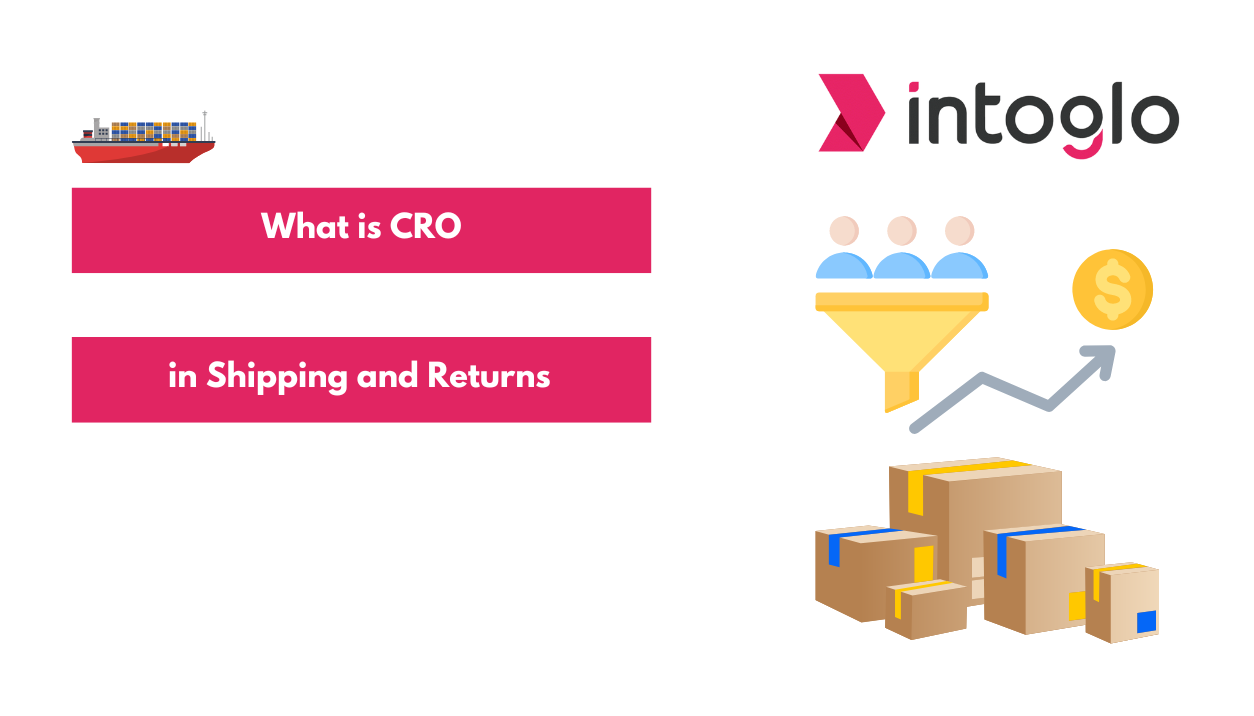
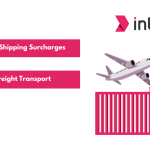
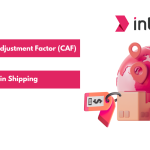
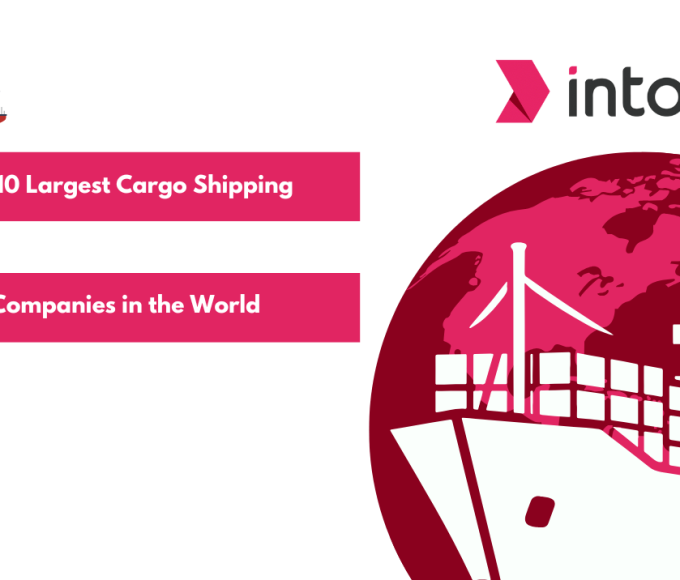
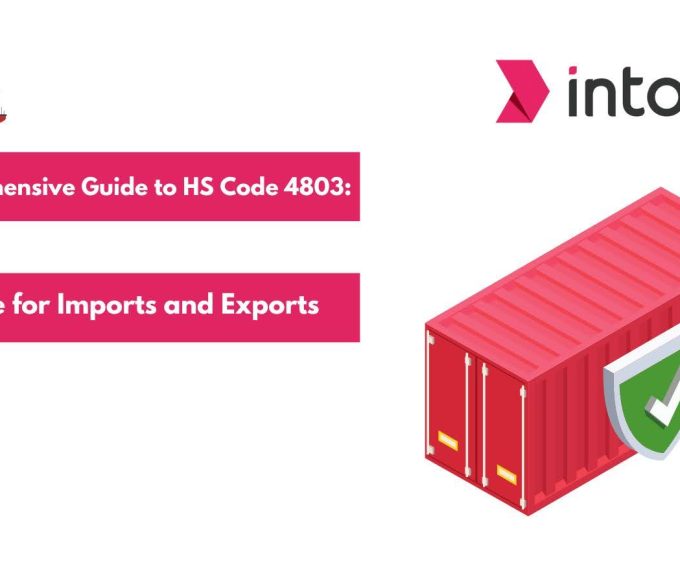
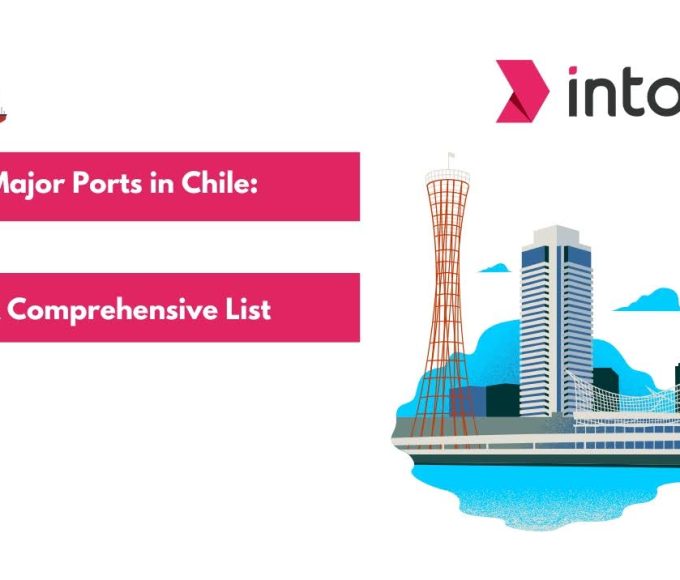
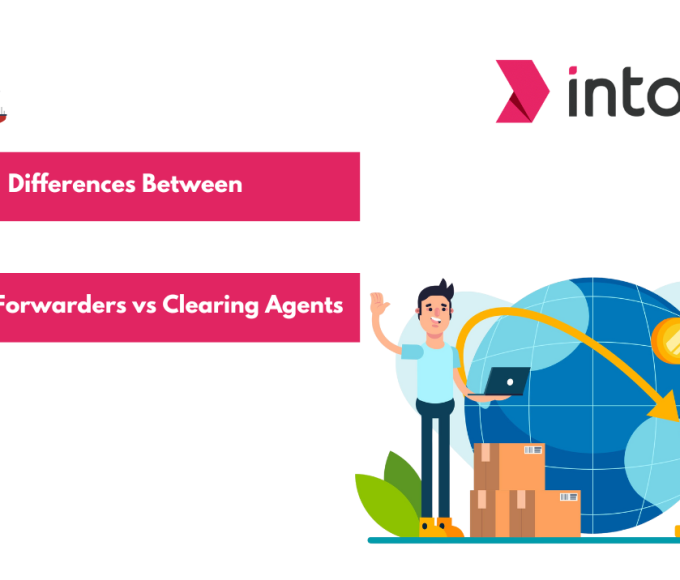
Leave a comment